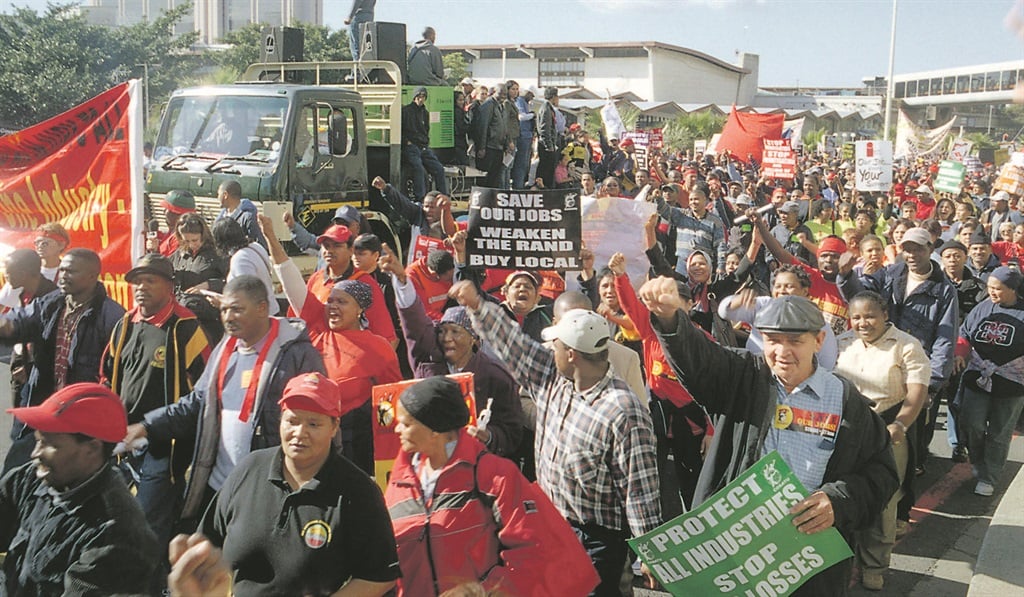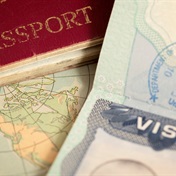
The haemorrhaging of jobs in the clothing and textiles industry as a result of a glut of cheap Chinese imports had been staunched, and South Africa was looking to exports to regain lost ground, Trade and Industry Minister Rob Davies told an imbizo at the Cape Town International Convention Centre last week.
South Africa was “marching on to the global stage”, Davies told the meeting, which was organised by
the SA Clothing and Textile Workers’ Union as part of the fourth African Textile, Apparel & Footwear Trade Event.
The sector went from employing just more than 250 000 people in 2001 to losing more than 100 000 jobs, until it stabilised at about 150 000 jobs in 2012.
The cuts devastated entire working class suburbs in Cape Town and Durban as families employed in the industry for decades were suddenly left without an income.
Davies said the focus on exports would not have been remotely on the cards a decade ago, but the department of trade and industry’s Clothing and Textiles Competitiveness Improvement Programme, which was introduced in 2009, brought stability to the sector, which contributes 4.36% of gross domestic product.
As of December, this policy action had seen R3.13 billion invested in the industry, contributing to 7 000 “decent” jobs, securing 67 000 jobs and putting the sector in a position to grow through exports.
Part of the solution involved clustering in the sector, such as a national leather and footwear cluster, which was succeeding in exporting workwear to other African countries, and the exotic-leather cluster, which was having success in the luxury goods niche in Middle Eastern markets.
Technical textiles were another cluster seeing export success, Davies said, with a former camping company contracted to construct double-storey, hotel-sized tented facilities in Dubai.
Iran was another opportunity that could “come alive” following the relaxation of sanctions, and preferred trade agreements with parts of Asia and Latin America were in place.
Despite these opportunities, and despite the US recently extending the African Growth and Opportunity Act to 2025, which saw $2 billion (R30 billion at the current exchange rate) worth of duty-free apparel exports from the Southern African Development Community (SADC) to the US last year, the largest growth potential was exporting within the continent.
Only 12% to 14% of South Africa’s total exports were inter-regional, said Davies, whereas in Europe, 75% of trade was within the EU.
Economic Development Minister Ebrahim Patel said although the US was the biggest market, everyone else was also focused on them, including massive Asian players.
“Africa is the growth story,” said Patel, as the continent would house the world’s largest workforce by 2024, is undergoing rapid urbanisation, is seeing a “massive” rise in the middle class, and has $80 billion being invested in road and rail infrastructure.
Noting current infrastructure and customs challenges, Patel said SADC trade agreements were in place.
“The SADC has the vision document and should move to an action plan and then adoption at the summit [in August] this year.”
However, he warned that concessions would be needed.
“We can’t have the entire regional export market. Other countries will also be looking to export to us.”
He said South Africa had received exchange offers from east African countries and “a lot of work” had been done on developing a continental fair trade agreement.
However, Patel’s enthusiasm for continental trade was a three-year-old echo of sentiments expressed at the first African Textile, Apparel & Footwear Trade Event, which took place in 2013 and where trade within the continent was billed as the next big thing.
Asked whether any progress had been made on reducing debilitating customs barriers and facilitating agreements between regional blocks over the past three years, Shakeel Meer, the Industrial Development Corporation’s divisional executive of corporate strategy, admitted there had been little real change.
Meer said high-level agreements existed between the regional trading blocs on the continent, as well as within the African Union, but implementation remained a challenge.
“The challenge lies in the different sensitivities between countries,” he said, “restricting the imports, or concern about our exports to them. We need to cross borders.” – West Cape News




 Publications
Publications
 Partners
Partners








